And these enslaved tribals have been rescued by social activists not officials; they have also not yet been rehabilitated, as government machinery claims it is not capable of reaching remote areas
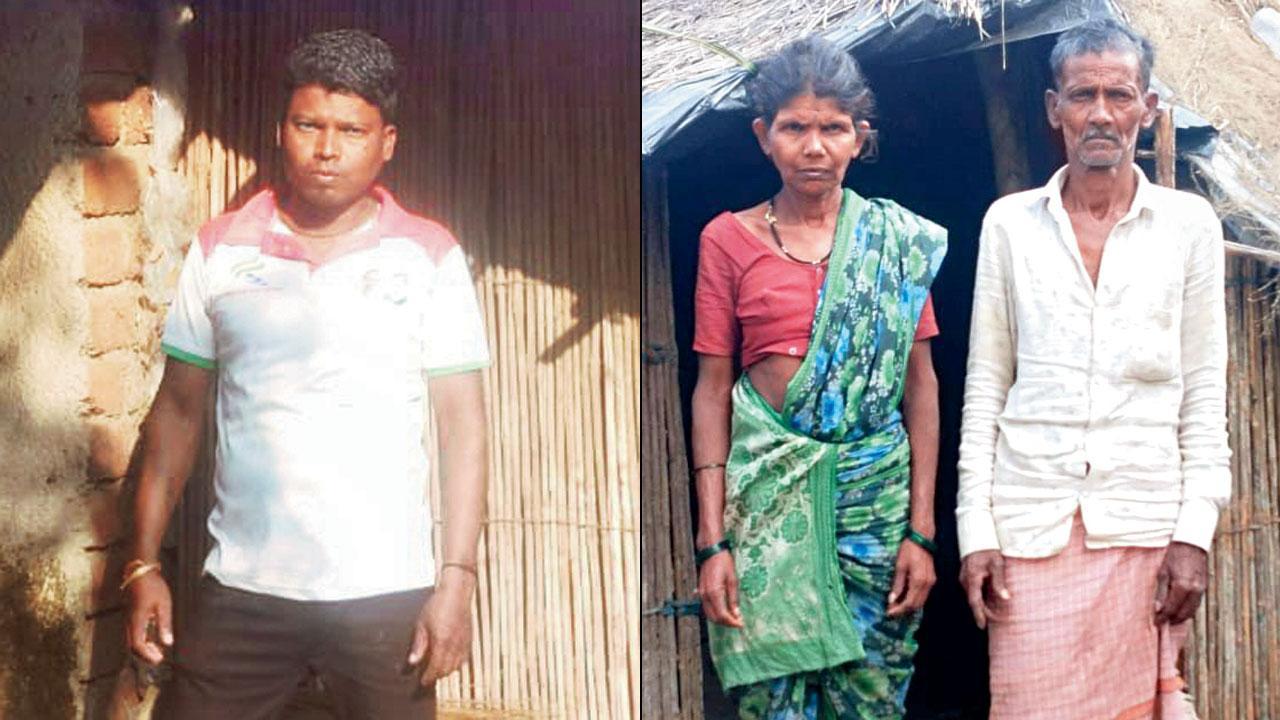
Freed bonded labourer Ravi Gavit and his parents at Pilanje Budruk Chinchpada village
 In Maharashtra, social activists have freed nearly 150 bonded labourers since 2019, but they remain unrehabilitated. The activists believe that surprise checks by government bodies at work sites, like brick kilns, farms, charcoal units, and construction areas, could reveal a much higher number of bonded labourers in the state.
In Maharashtra, social activists have freed nearly 150 bonded labourers since 2019, but they remain unrehabilitated. The activists believe that surprise checks by government bodies at work sites, like brick kilns, farms, charcoal units, and construction areas, could reveal a much higher number of bonded labourers in the state.
Tribal communities, mostly live in forested hilltops, are vulnerable to exploitation by brick kiln owners, farmers, and landlords. Despite this, government officials are reluctant to visit these remote areas and witness the harsh conditions these captors subject them to, often coercing them into slavery. The census of 2011 recorded only around there were only 10,510 tribals found in six divisions in Maharashtra. However, their population has multiplied over the past decade, and the prevalence of bonded labourers, spanning generations, challenges existing laws against forced labour.
ADVERTISEMENT

“Despite the government’s claims of abolishing bonded labour, our limited activist presence in Maharashtra’s tribal districts has led to the identification and liberation of approximately 150 bonded labourers between 2019 and 2023. However, government bodies exhibit reluctance in their rehabilitation, disregarding the Standard Operating Procedures of the Bonded Labour System Abolition Act,” said Vivek Pandit, chairperson of the Maharashtra Tribal Development Review Committee.
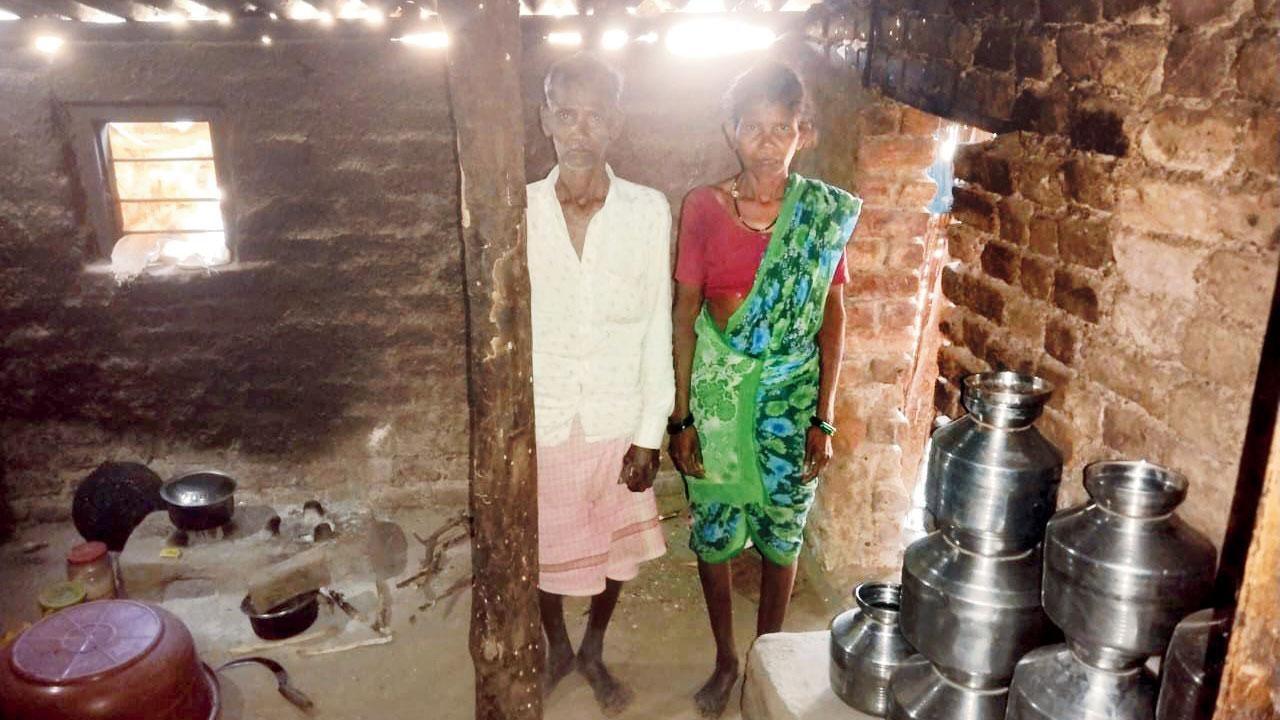
“Pertinent social justice laws like the BLSA Act and Atrocities Act remain inadequately implemented by government bodies. To date, neither district magistrates, labour departments, nor the police have identified a single bonded labourer in the state,” Pandit added. “Recognising and rewarding officers for their exemplary performance is crucial. A simple gesture like a government-issued letter of appreciation for their diligence would motivate othes,” Pandit concluded.
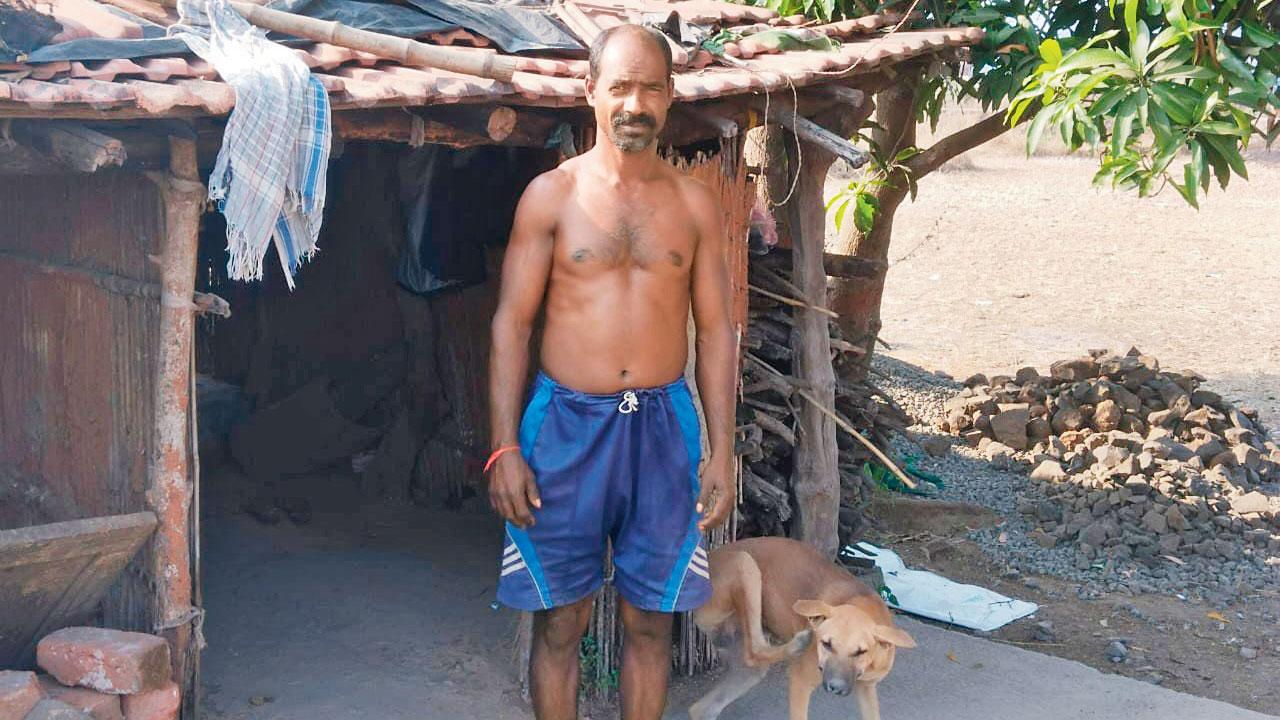 Tribals’ harsh living conditions persist even today
Tribals’ harsh living conditions persist even today
It’s been over 28 months since mid-day shed light on the distressing plight of numerous primitive Katkari tribals, intergenerationally enslaved by two brothers in Pilanje Budruk Chinchpada village, Thane district. Sadly, their living conditions persist in squalor today. Though their status shifted from enslaved to casual workers due to this paper’s coverage prompting an FIR and subsequent release certificates from the Tahsildar, these certificates hold no value for the landless tribals. Struggling to sustain their households, they’ve received no support since August 2021.
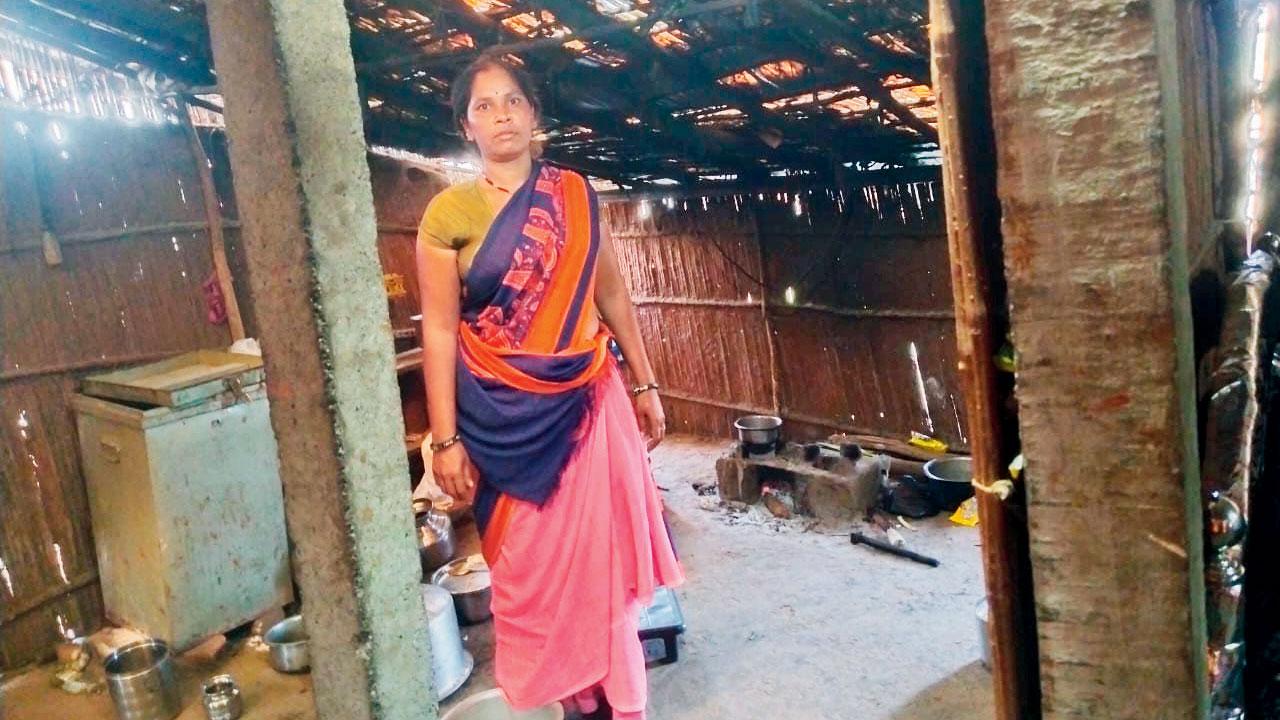
The deplorable conditions of Katkari tribals, who were freed from bondage in August 2021, but have not been rehabilitated to date
“Until now, no one has visited us. With no steady employment, every day is a struggle as we hunt for work to sustain our households,” said Ravi Gavit. He stood up against the public flogging by accused brothers Chandrakant and Rajaram Patil in August 2021 at Pilanje Budruk Chinchpada village.
The conditions in villages like Pilanje Budruk Chinchpada in Thane district are distressing. Families endure exploitation, inadequate pay, and inhumane treatment, with employers colluding with local authorities. Despite efforts to free them, the government’s support for their rehabilitation remains absent.
The Patil brothers faced accusations from villagers: no fair pay, food, or water, alongside public beatings. They coerced work to repay alleged ancestral debts, preventing them from seeking other jobs. Villagers, enduring substandard living conditions, sleep on mats or the ground in homes covered with plastic sheets.

Gavit, the sole breadwinner for his family, toils over 11 hours daily, earning just Rs 500 on fortunate days. “But luck isn’t with me every day. Most times, I return home empty-handed. My children have grown used to sleeping without food,” he said. Other families also in the village suffer extreme poverty, living in thatched huts, and sharing space with their animals on earthen floors.
“In emergencies, the nearest hospital requires a five-kilometre trek,” he added. Tribal activist Balaram Bhoir said, “The Tahsildar provided just 5-kg dry ration to each upon issuing release certificates, but cash aid hasn’t reached them since August 2021.” Vivek lamented the lack of action from key officials. He highlighted the failure of gram sevaks, talathis, tahsildars, block development officers, and government labour officers in combating this issue.
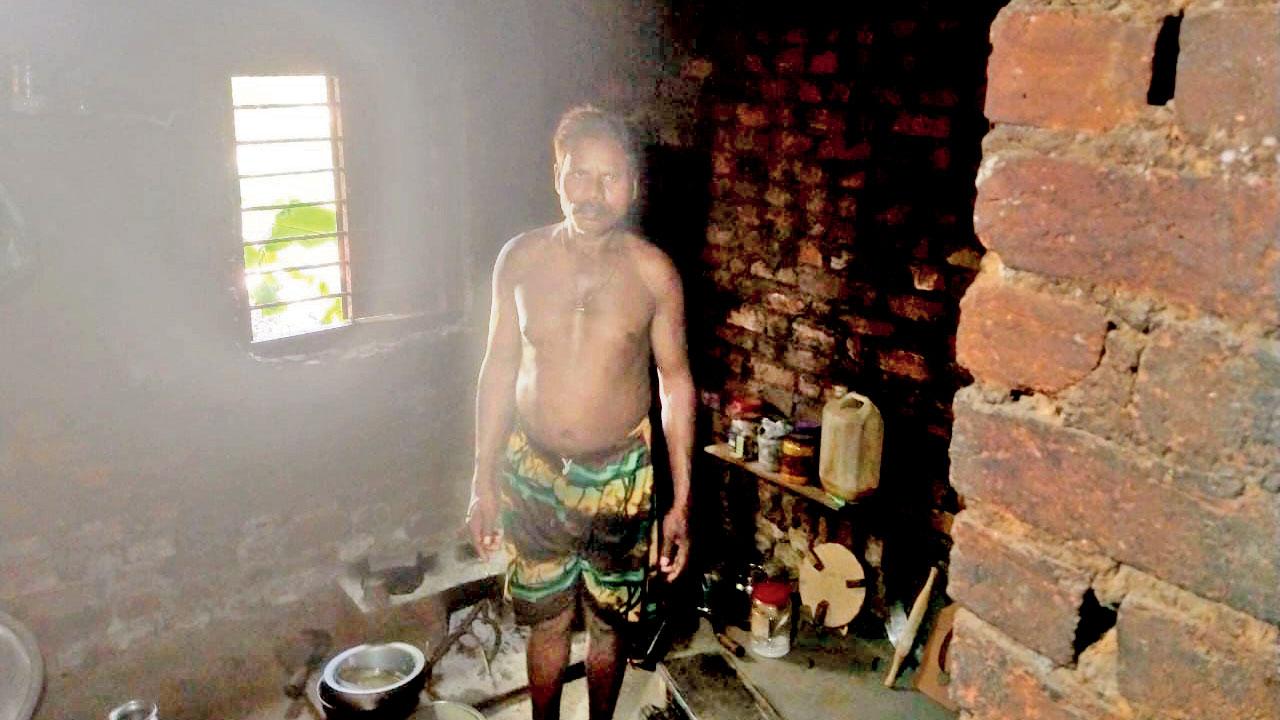
Pandit emphasised the responsibilities outlined in the Act for district magistrates to delegate powers to officials for identifying, releasing, and rehabilitating bonded labourers. “Despite empowering tahsildars as executive magistrates for this purpose in Maharashtra, no identification has been done by them so far,” Pandit said.
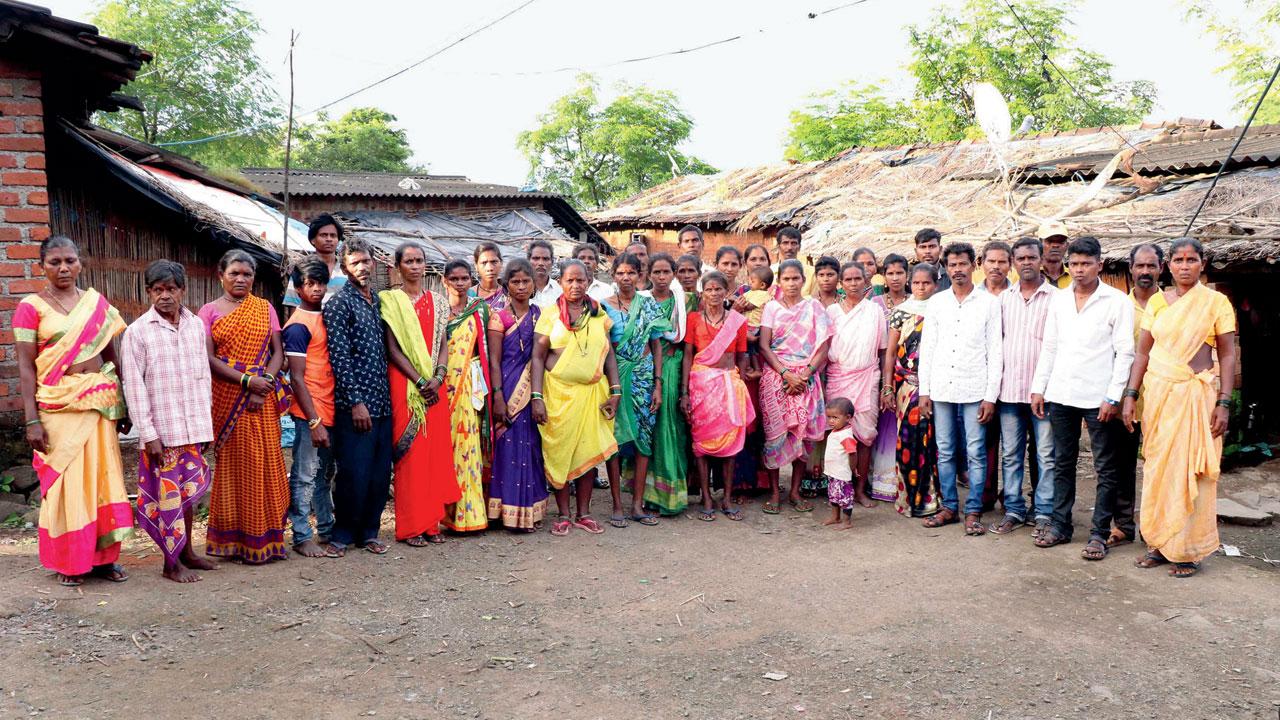
Old pictures of recently freed bonded labourers, their living conditions remain the same. Pic/Rajesh Gupta
Additionally, Pandit underscored the district collector’s role in evaluating tahsildars through Annual Confidential Reports (ACRs). However, due to a lack of political or administrative will to tackle the problem, these errors by tahsildars aren’t acknowledged in the ACRs.
Paper tiger rehabilitation scheme
The persistence of bonded labour, a prevalent form of modern slavery, continues to haunt tribal-dominated districts in Maharashtra. Despite robust laws safeguarding the rights of impoverished tribals, effective implementation of Central government schemes for the immediate rehabilitation of freed bonded labourers remains a challenge for the government.
The Ministry of Labour initiated a Centrally Sponsored Scheme in 1978 to aid state governments in rehabilitating released bonded labourers. This scheme entails the establishment of a Bonded Labour Rehabilitation Fund at the district level, ensuring a permanent corpus of at least R 10 lakh at the disposal of the District Magistrate for immediate assistance to freed labourers. Surprisingly, mid-day has learnt that none of Maharashtra’s tribal-dominated districts has maintained a permanent fund to rehabilitate freed bonded labourers.
Most bonded labourers belong to Katkari community:
The Katkari community in Maharashtra, a significant part of bonded labourers, faces dire living conditions—lacking essentials, living in dilapidated homes, and deprived of education. Vulnerable to exploitation by brick manufacturers and landlords, they migrate to districts like Thane, Palghar, Nashik, and Raigad due to lacking government support in their villages, often settling in remote forested areas.
Tribal-dominated districts have no corpus funds:
The trribal districts lack vital corpus funds. Thane and Nashik Collectors sought funds for freed labourers, while in Palghar, despite recent FIRs, the district collector hasn’t followed up on the request for corpus funs for the rehabilitation of bonded labourers. mid-day has been cosistently highlighting bonded labour cases in the Palghar district.
Recent Katkari community population in the state
District Number of Katkari population
Thane 48,261
Palghar 63,992
Pune 8,349
Satara 1,420
Kolhapur 67
Ratnagiri 5,733
Raigad 129,764
Sindhudurg 471
Nashik 12,930
Mumbai 108
Ahmednagar 313
Total 271,408
Source: State Government
10K
Approx no of tribals in Maha as per 2011 Census
10,510
No of tribals in Maharashtra according to 2011 census
 Subscribe today by clicking the link and stay updated with the latest news!" Click here!
Subscribe today by clicking the link and stay updated with the latest news!" Click here!







